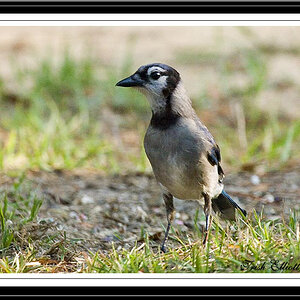sharonak
TPF Noob!
- Joined
- Apr 16, 2010
- Messages
- 1
- Reaction score
- 0
- Location
- London
- Can others edit my Photos
- Photos NOT OK to edit
Hello all,
Long time reader, first time poster. Be gentle.....
SO, I'm using a slide projector (leica/colorman) to print larger images onto plywood using liquid light, and there's a puzzle here: they look absolutely pin-sharp during exposure (ie from the projector), but on developing and fixing, the results are very soft - fuzzy - out-of-focus, in fact.
Any ideas what could cause this? Driving me crazy
Sharona
Long time reader, first time poster. Be gentle.....
SO, I'm using a slide projector (leica/colorman) to print larger images onto plywood using liquid light, and there's a puzzle here: they look absolutely pin-sharp during exposure (ie from the projector), but on developing and fixing, the results are very soft - fuzzy - out-of-focus, in fact.
Any ideas what could cause this? Driving me crazy
Sharona


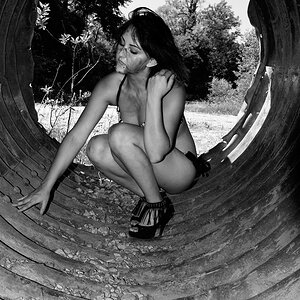
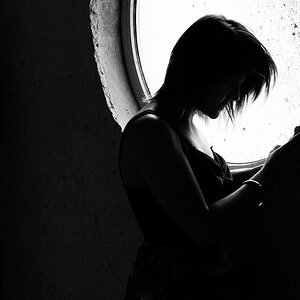
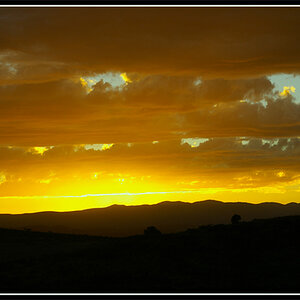
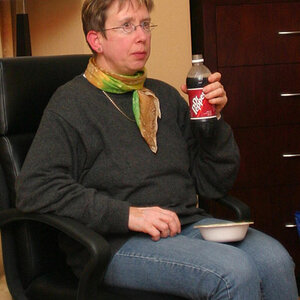
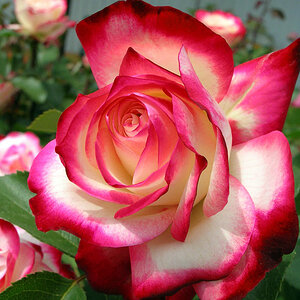
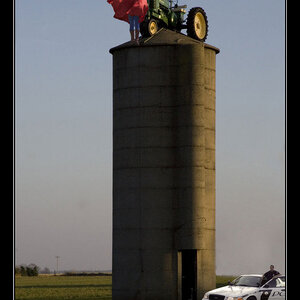
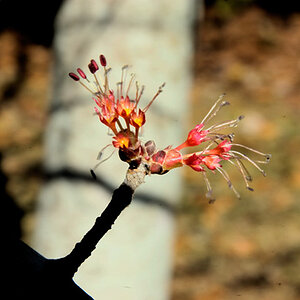
![[No title]](/data/xfmg/thumbnail/37/37111-64f64f2c8371420041bf39244ff12117.jpg?1619737882)

![[No title]](/data/xfmg/thumbnail/31/31703-20d81c98f43a64450882572a96c8f266.jpg?1619734962)
![[No title]](/data/xfmg/thumbnail/42/42060-f597479f8fd78d4bb4d17e7686fb0812.jpg?1619739996)
